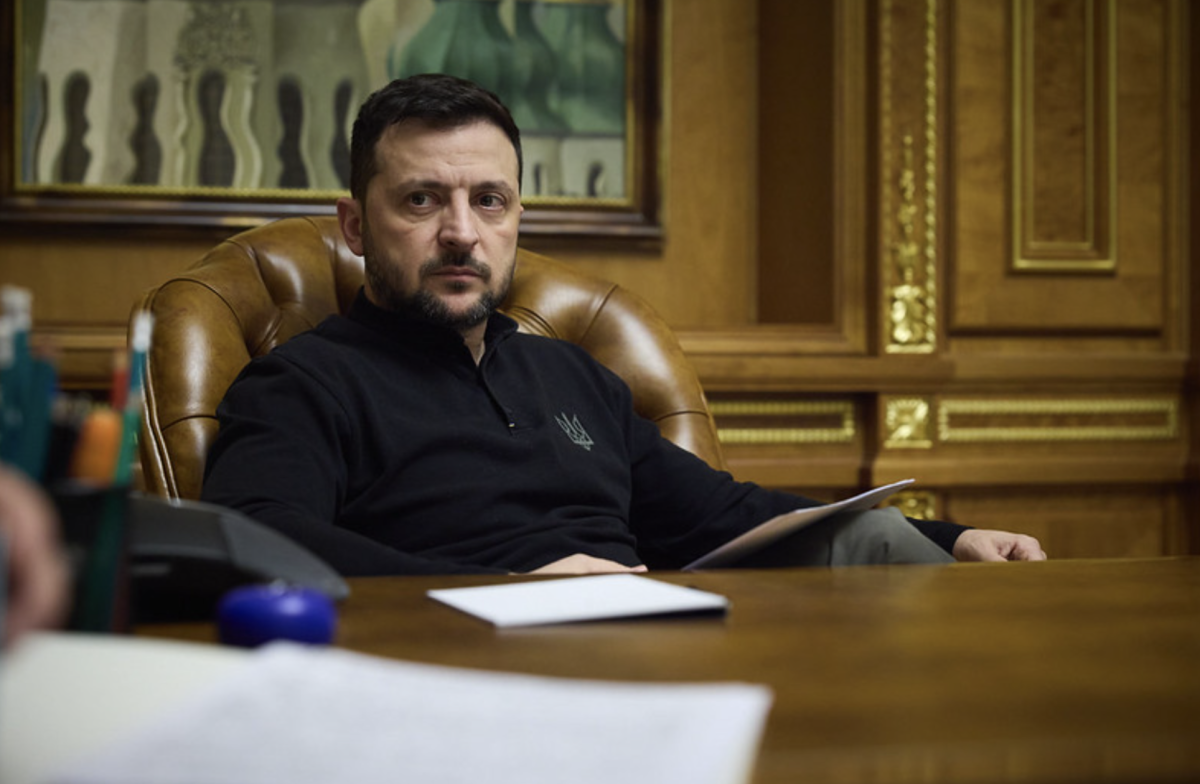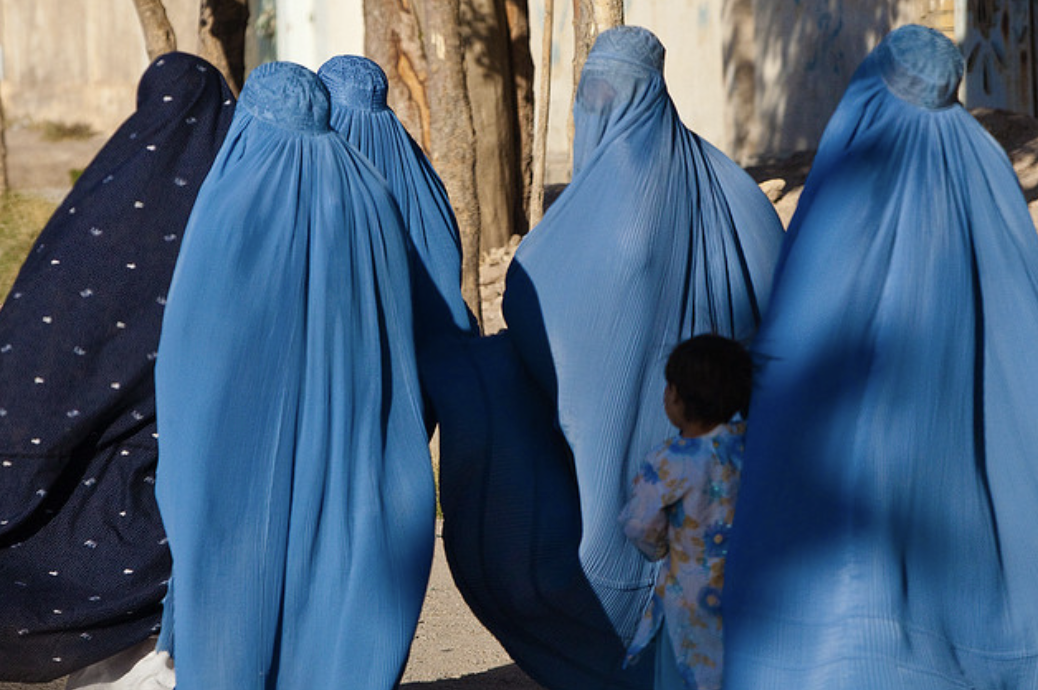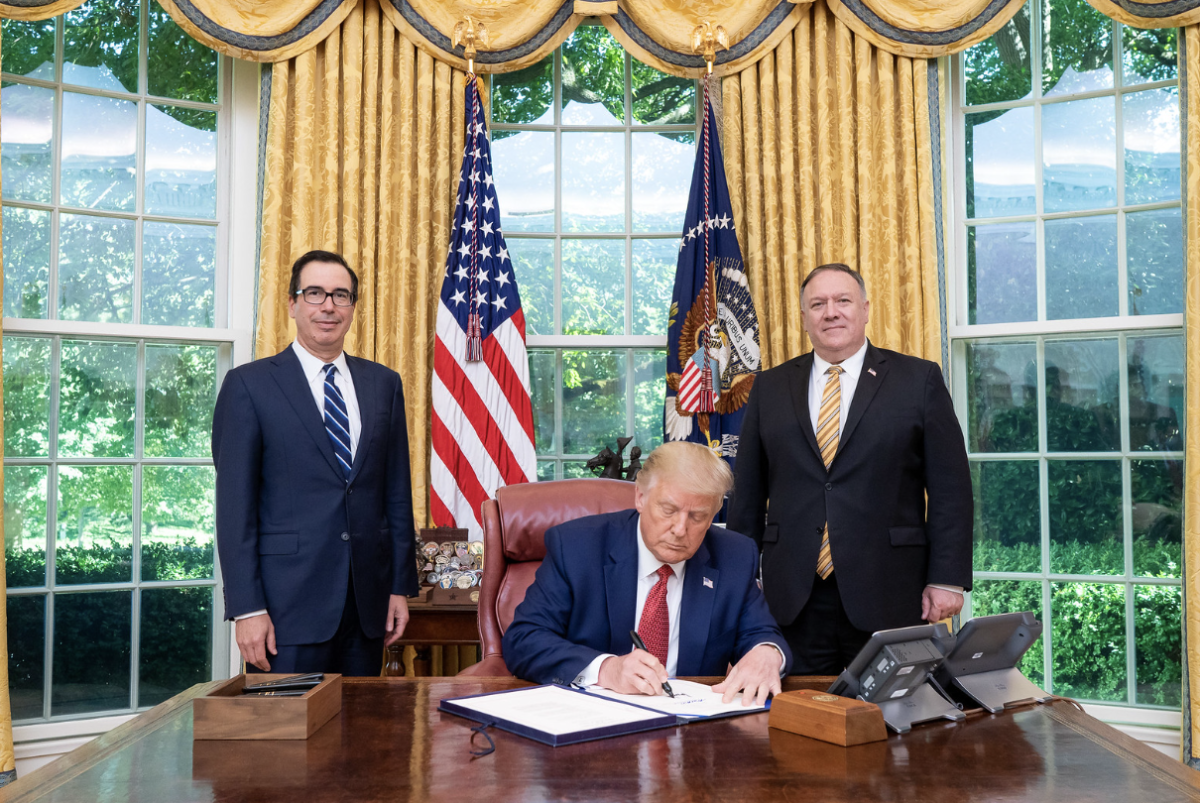The beginning of the Syrian conflict is most commonly cited as March 2011 in the southern city of Deraa. Following the arrest and subsequent torture of 15 children for drawing anti-government propaganda, the citizens of Deraa began to protest the Assad regime, resulting in Syrian security forces opening fire on civilians. These protests spread as the Arab Spring continued to inspire rebel groups to oust the Assad regime and fight for control of the government.
Assad has looked to defeat the insurgent groups by targeting Syria’s Sunni Muslim majority, polarizing the conflict along religious lines. This polarization led to what in effect has become a Middle Eastern religious proxy war of Shia versus Sunni. Sunni-majority states, such as Saudi Arabia and Qatar, back the anti-Assad insurgents, while Shia-majority governments such as Iran stand with Assad and continue to provide Assad’s regime with resources in the form of money and ammunition.
The Islamic State (commonly referred to as “ISIS”), a Sunni Muslim extremist group, was simultaneously looking to expand its caliphate in the Middle East, and Syria’s civil conflict provided an opening of opportunity to seize control of parts of northern Syria. The Islamic State, previously a part of al-Qaeda in Iraq, currently has a stronghold on more than half of the country (parts of 10 of 14 provinces), and continues to press upon the citizens of these places their twisted and cruel ideology.
This translates to a number of groups fighting for control over territory in Syria. Control of Syria is essentially divided between Assad’s regime, rebel groups, ISIS, and Kurdish forces. The involvement of so many ethnic groups continues to complicate the politics of the conflict.
The New York Times cited that more than 200,000 people have been killed in the four-and-a-half-year span of this Syrian civil war. Many people see no alternative to this imminent threat of violence and persecution than fleeing the country, which has resulted in a refugee crisis across Europe and the Middle East. The Office of the United Nations High Commissioner for Refugees reported that over 4 million Syrians have fled the country. Many of these refugees are escaping to Jordan and Lebanon, leading to a strain on both of those government’s economic infrastructure.
So what does this conflict mean for the U.S.?
This conflict brings up two main issues for the United States to tackle: how to handle the refugee situation and how to address the rise of the Islamic State and Assad’s regime in Syria. European countries have been shouldering most of the burden of incoming refugees, but the stabilization of the European Union is becoming more strained as its capacity for economically and socially integrating so many of these refugees seems to be nearing its limits. Germany, in particular, is bearing much of the impact of these asylum seekers, projecting to accept 800,000 refugees this year.
In light of this, many heads continue to turn to the United States. Many question what the United States is doing to help Syria and why the United States has such a bureaucratic resettlement process, and the answer to that has become a politically polarizing topic. Many cite that the reason for an arduous resettlement process comes down making sure the U.S. is not letting terrorists in. President Obama recently told his administration to take in at least 10,000 Syrian refugees over the next year, increasing from the fewer than 2,000 refugees that were let in this year.
Representative Peter King (R- NY) recently spoke of the topic, “Our enemy now is Islamic terrorism, and these people are coming from a country filled with Islamic terrorists… We don’t want another Boston Marathon bombing situation.” A September 2015 analysis from the House Homeland Security Committee task force echoed this concern: the report concluded that the Obama administration has no coherent plan to prevent radicalized foreigners from entering the U.S.
Assessing how America could interfere with the conflict in Syria results in a set of disturbing tradeoffs. A core U.S. demand lies in the ousting of Syrian dictator Bashar al-Assad. Yet the departure of Assad would directly help the Islamic State in giving the group an easy route to obtaining control of the government. And a strike to the Islamic State would help Assad. Though the United States still stands as the biggest donor of humanitarian assistance to Syrians ($4.5 billion since 2011), many feel that our efforts thus far are wholly ineffective.
There are many conflicting opinions on what exactly the U.S. should do about the Islamic State and putting troops on the ground to combat this group in Syria and Iraq. Military leaders in the Pentagon have pushed the Obama administration in increasing their call for more troops to Syria as the circumstances become more desperate. Many Americans who believe we need to do more in the region cite that the American military can (and should) bolster the Syrian opposition, and that the Obama Administration’s failure to back up talks of crossing the “red line” will embolden Assad.
The Islamic State not only stands as a threat across Europe and the Middle East, but also abroad. If this group were to cement control, they would start thinking about how to expand this power into places like Europe and the United States, which is why the United States has put more focus on how to use their capabilities to defeat this group without giving Assad more power.
President Obama has done very little to address the issue of making a successful national strategy transparent as the Islamic State continues to commit atrocities like beheading Americans (and recording it) and burning Jordanian pilots alive in cages. Or, in the little strategy that has been used, it doesn’t seem to be working.
Some people, however, like former CIA official Phillip Mudd, believe that the Islamic State will accelerate their own demise—that though they “can intimidate, they can’t govern, and that will hurt them in the long-term.” Others with this sentiment note that they believe ISIS must expand to retain their sense of inevitability, and that they have been unable to do that in Iraq since U.S. air strikes began. Others note that Syria should just let the situation spiral out on its own, as many Americans note that they are tired of our government trying to manage war-torn countries.
Moving forward, we can expect to see more talks among significant international participants. As decided on September 18, 2015, an international group will meet in October to talk about a peace plan for Syria. Russian deputy foreign minister named participants in this discussion as the United States, Russia, Saudi Arabia, Turkey and Egypt.
As the situation moves forward, it is imperative to continue to address and reassess a couple of questions: Is the current U.S. response adequate to combat the threat that the Islamic State presents in Syria and possibly to the United States? Should our interaction with the Islamic State in Syria take precedence over other significant matters in the region, such as Iran’s nuclear program or Israeli-Palestinian relations?
[Image credit: http://khamakarpress.com/2015/03/09/us-and-turkeys-competing-interests-in-syria-fighting-isis-or-fighting-assad/]







